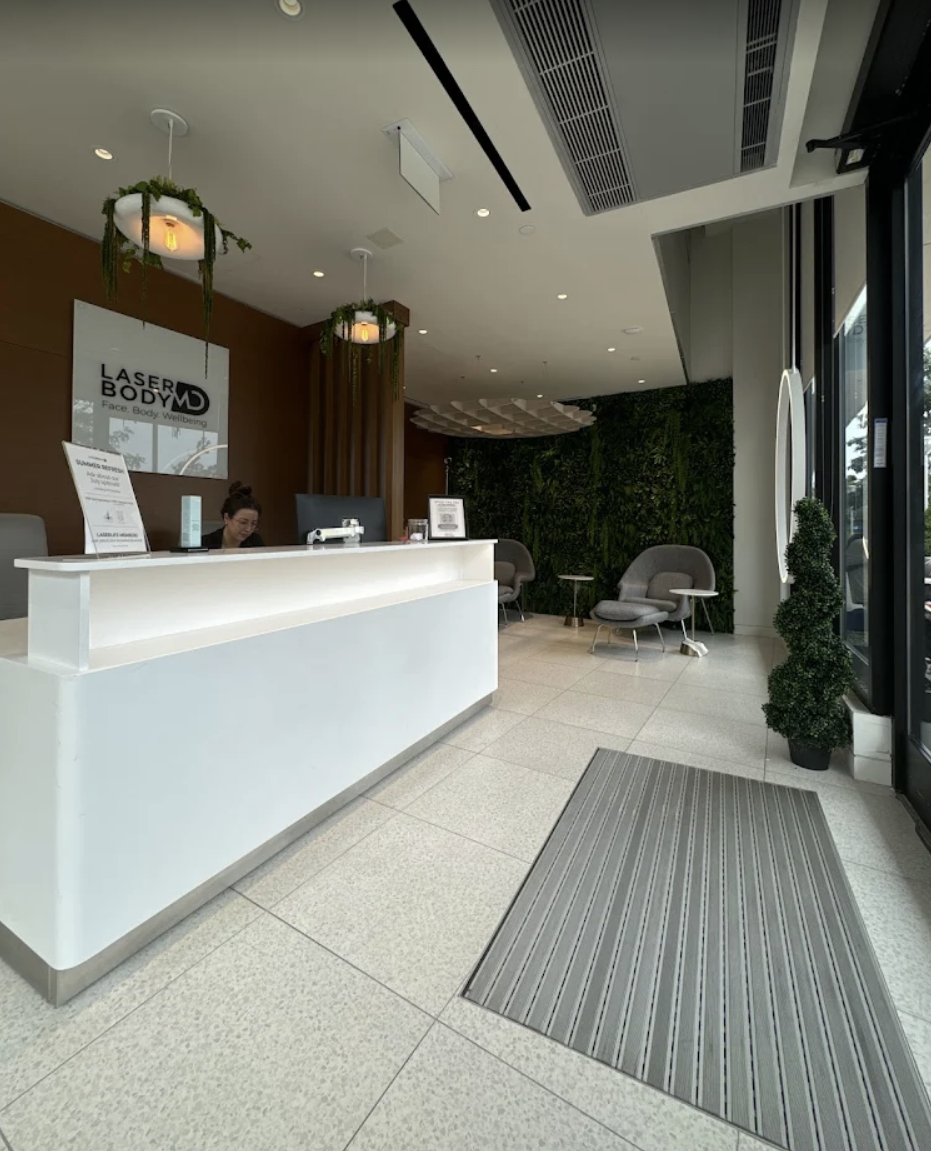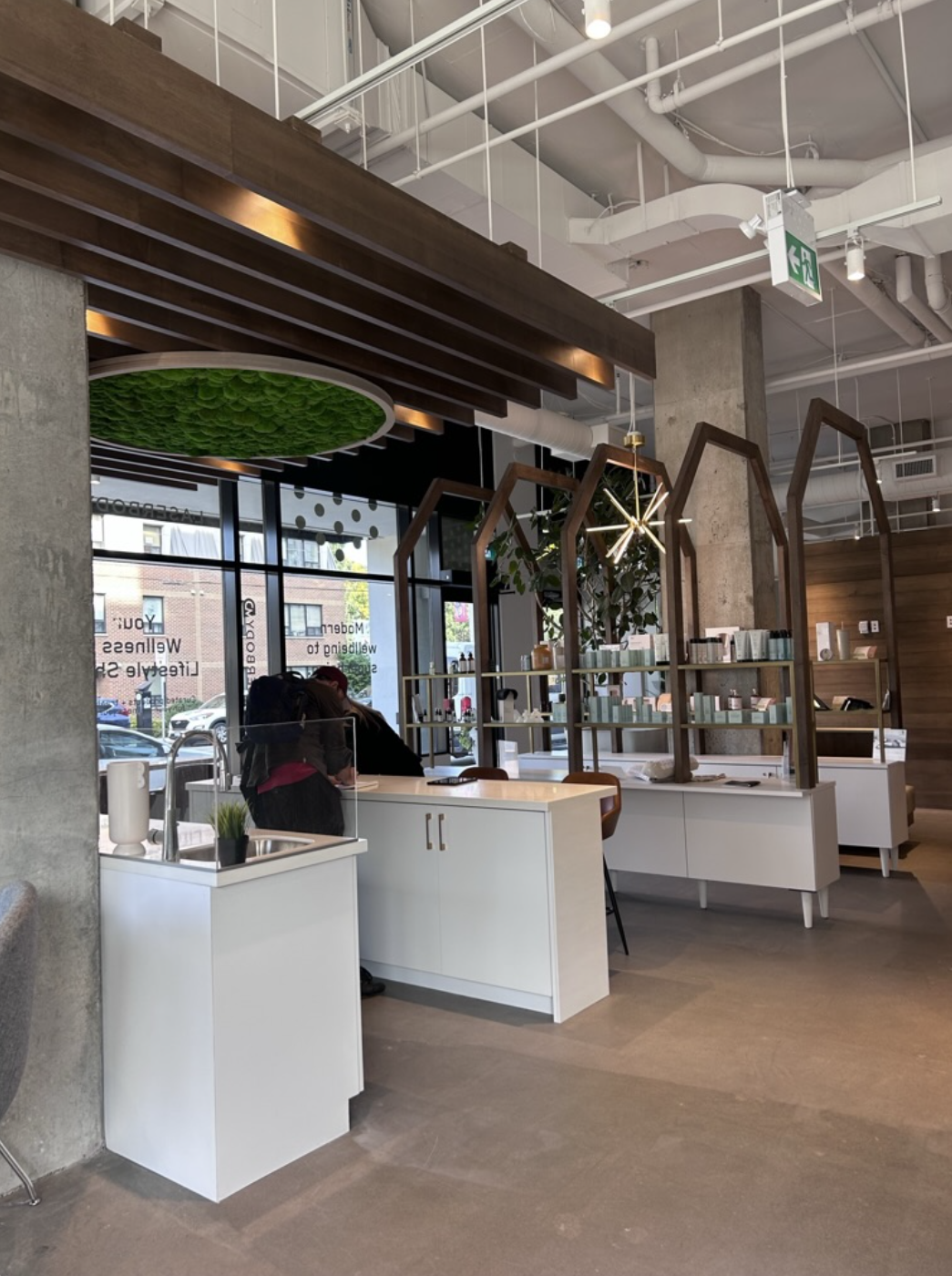You. Only Better.
Supernatural results with Canada’s top experts.
Results You’ll Love.
Come Say Hi!
In 3 months, you’ll wish you started now.
Experience the difference a multi-award winning clinic can
make towards reaching your inner + outer wellness goals.



.jpg)

.png)
.jpg)
.jpg)









